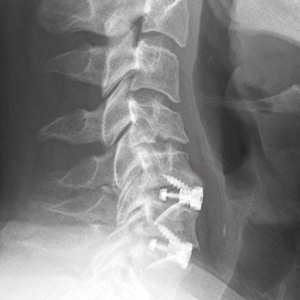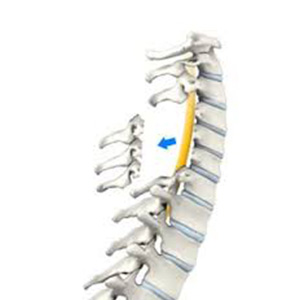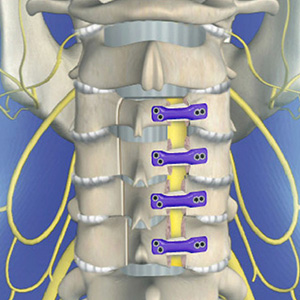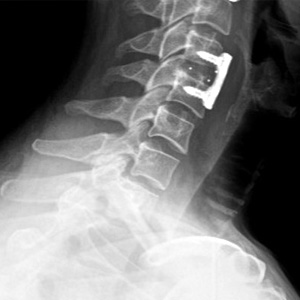Book Appoinment
Introduction
Neck surgery usually is considered a treatment for neck pain only when all other approaches have failed. Neck surgery is the best option for treating the medical condition responsible for your neck pain. Neck surgery is generally performed for one of these reasons:
- To relieve pain caused by a nerve root that's being pinched by bone spurs or material from a ruptured or herniated disk, a condition called cervical radiculopathy. More than 9 of 10 patients who have a herniated disk removed enjoy complete or significant relief of their pain.
- To remove pressure on the spinal cord caused by bone spurs, a condition known as spinal stenosis. This involves more complex surgery, and the success rate ranges from 50 to 90 percent, depending on the factors involved.
- To keep vertebrae from grinding together as a result of degenerative disk disease, which creates neck pain from pinched nerves.
Neck Surgery: The Procedures Surgical procedures to treat neck pain include:

Anterior cervical discectomy
This is the most common surgery to relieve neck pain caused by a nerve-pinching herniated disk. The surgeon exposes your spine through an incision in the front of your neck right next to your windpipe. Through that incision, the doctor removes the herniated disk and any bone spurs that may be causing pain. Afterward, the space left between the vertebrae is refilled with a piece of bone (either your own, taken from your hip bone, or a bone graft from a donor) or other material, fusing the adjacent vertebrae together.

Laminectomy
This procedure is used to relieve pressure on the nerve roots or spinal cord. The laminae are bony plates on the back side of the vertebrae that cover and protect the spinal cord. Removing the laminae can reduce pressure on the spinal cord and nerves. Doctors also can remove sections of herniated disk and bone spurs through the new opening in the vertebrae.

Risks and Complications
Because neck surgery is performed around the throat and near the spinal cord, there is a small but real risk of very serious complications. These can include:
- Damage to one of the large arteries and veins that go through the neck into the brain.
- Damage to the nerves or spinal cord
- Infection of a bone graft or the area around the spine
- Displacement of the bone graft before fusion can occur
- Failure of two vertebrae to fuse together

